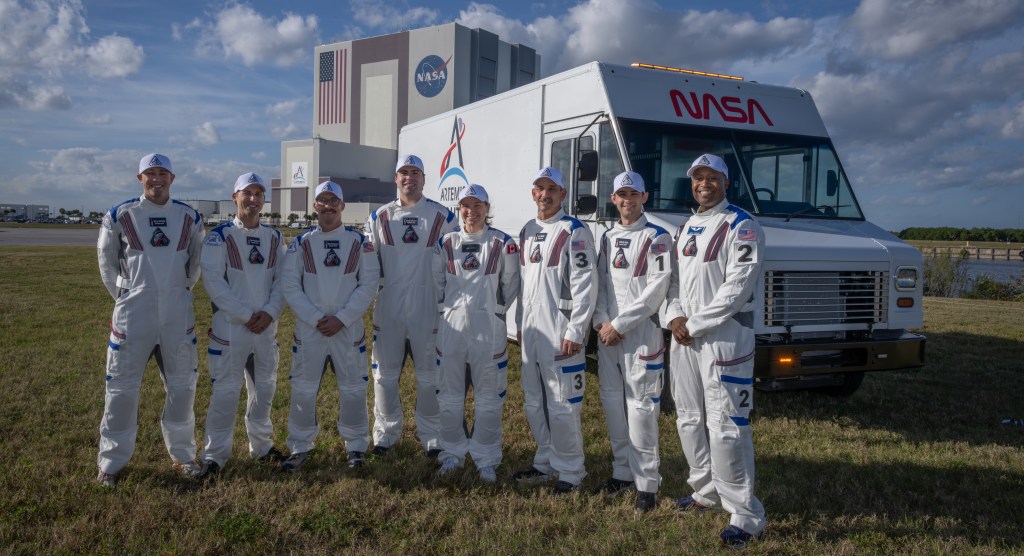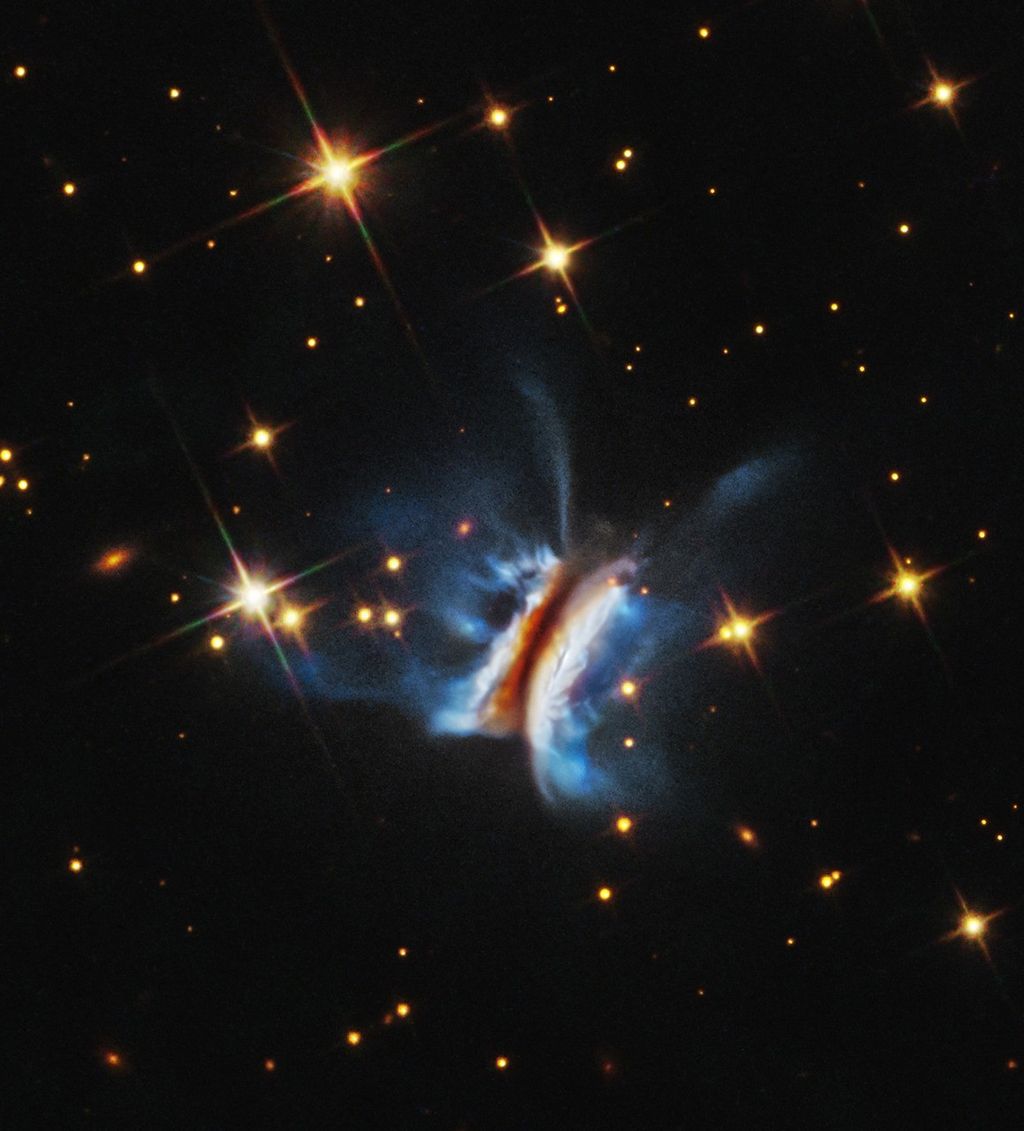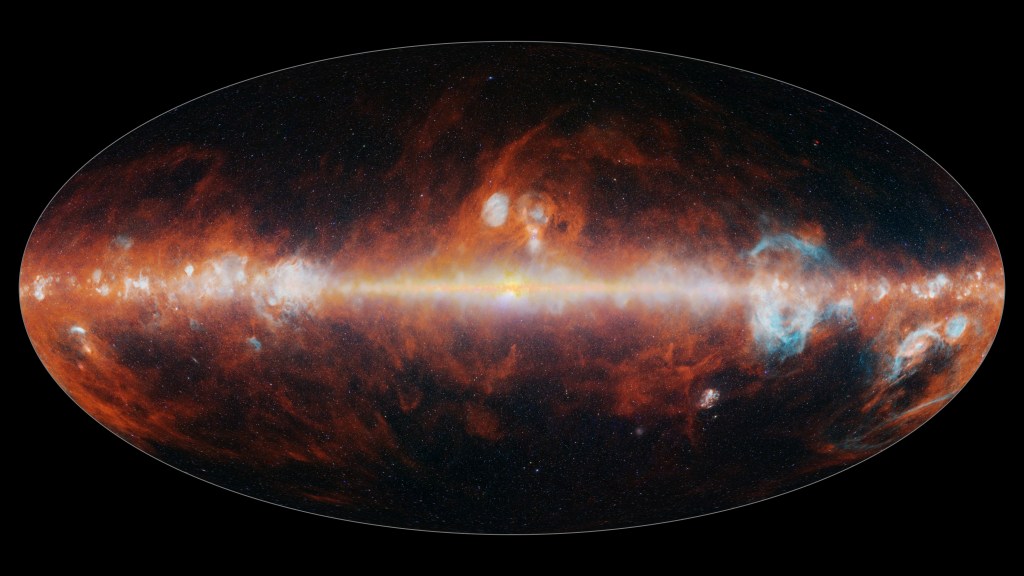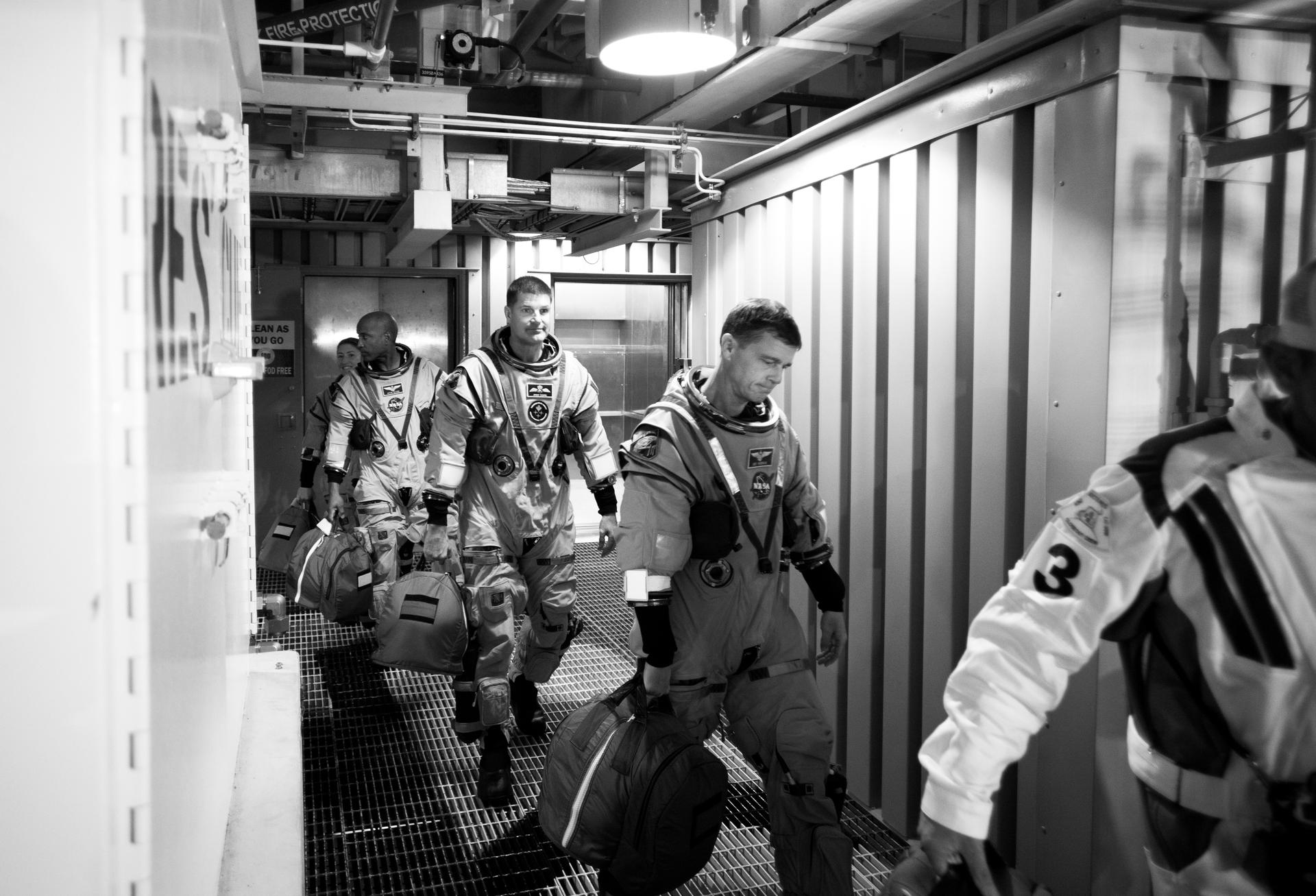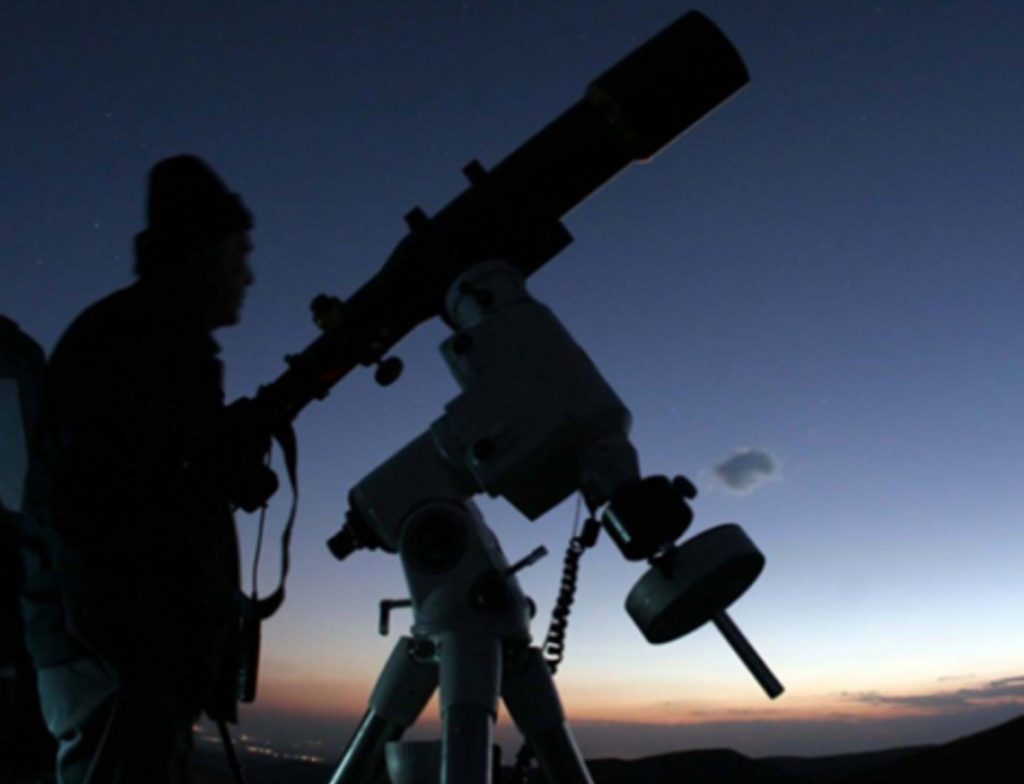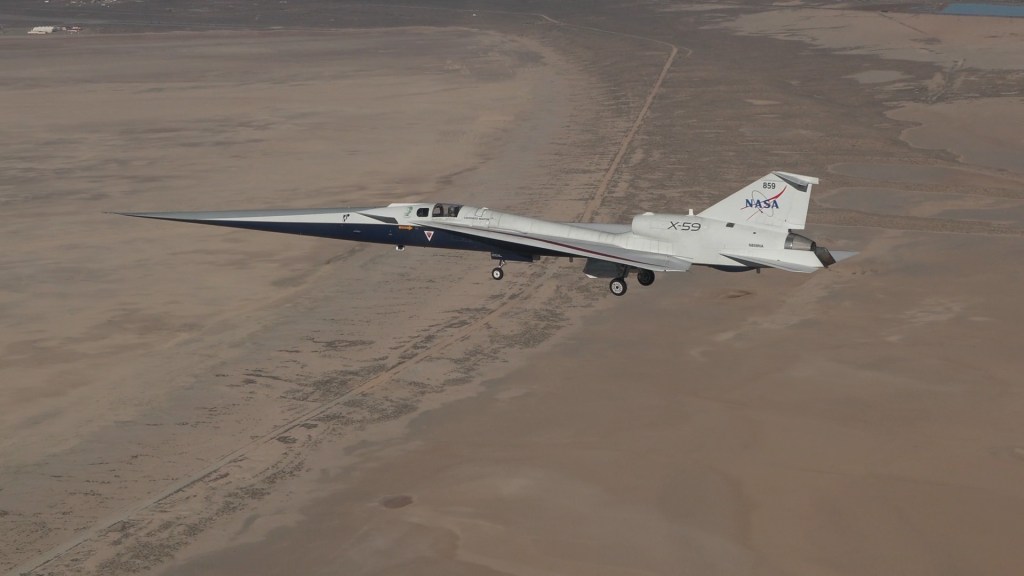Blue Origin’s New Glenn Rocket Go for Launch!
NASA’s ESCAPADE (Escape and Plasma Acceleration Dynamics Explorers) mission to Mars is just minutes away from launch, with its twin spacecraft perched on Blue Origin’s massive New Glenn rocket inside the payload fairing. The second launch of Blue Origin’s heavy lift rocket is set to lift off from Launch Complex 36 at Cape Canaveral Space Force Station in Florida, which is home to New Glenn’s launch pad, vehicle integration, first stage refurbishment, propellant facilities, and environmental control center. The launch complex is the former home of more than 140 Atlas II/III launches, including NASA’s Mariner, Pioneer, and Surveyor missions.
The partially reusable two-stage New Glenn, standing at more than 320 feet (98 meters), is one of the tallest rockets ever built. It features a seven-meter fairing that offers increased volume compared to five-meter class commercial launch systems. The reusable first stage is built for a minimum of 25 missions, and for today’s launch, Blue Origin will attempt to land the first stage on its landing platform, Jaclyn, for the first time. Jaclyn is a sea-based platform located several hundred miles downrange off the Florida coast. The first stage will autonomously descend to the platform, while six hydraulically actuated legs will activate to support and secure it during landing on the platform.
The rocket’s first stage is powered by seven of Blue Origin’s BE-4 engines, the most powerful liquefied natural gas-fueled, oxygen-rich staged combustion engine ever flown, generating over 3.8 million pounds of thrust. The vehicle’s second stage is powered by two BE-3Us, liquid oxygen/liquid hydrogen engines, designed to together yield over 350,000 pounds of vacuum thrust for operating in space. Launch teams have completed fueling of the rocket and launch is under five minutes away.
Blue Origin is one of 13 companies NASA selected for VADR (Venture-class Acquisition of Dedicated and Rideshare) contracts in 2022. NASA’s Launch Services Program, based at the agency’s Kennedy Space Center in Florida, manages the VADR contracts.
The alignment between Earth and Mars does not currently allow ESCAPADE to use a traditional direct-to-Mars transfer. Instead, ESCAPADE will launch into a “loiter”, or “Earth-proximity”, orbit that loops around Earth’s Lagrange point 2 (about a million miles from Earth, on the opposite side from the Sun) until the next planetary alignment window. Once the planets have reached the ideal alignment in fall 2026, the ESCAPADE spacecraft will use an Earth gravity assist to begin the journey to Mars, arriving in fall 2027.
Studying magnetospheres allows scientists to better understand space weather, which can protect astronauts and satellites as they orbit Earth and explore the solar system. The ESCAPADE mission is part of NASA’s SIMPLEx (Small Innovative Missions for Planetary Exploration) program.
Building on NASA’s previous procurement efforts to foster development of new launch vehicles for NASA payloads, VADR provides Federal Aviation Administration-licensed commercial launch services for payloads that can tolerate higher risk. By using a lower level of mission assurance, and commercial best practices for launching rockets, these highly flexible contracts help broaden access to space through lower launch costs.
The entire launch is monitored from New Glenn Launch and Mission Control, located at Blue Origin’s facility in Exploration Park, just outside NASA Kennedy.


